Equine Nutrition
-
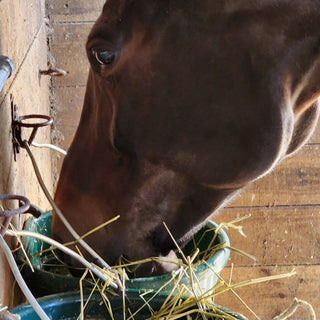
Hay Dunking in Equines | Why Does My Horse Dunk His Hay?
Dr. Worth discusses why your horse may engage in hay dunking. Generally, equine hay dunking is normal behavior that horse owners shouldn't be concerned about. However, if the behavior has...
-
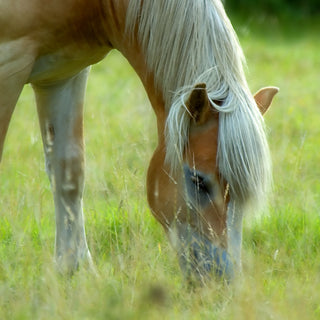
Should You Feed Your Horse at Ground Level? Why Equines Should Eat Off the Ground
It's almost always better to feed a horse at ground level. A horse's teeth, sinuses, and mouth were designed to eat off the ground and as such, it's the ideal...
-
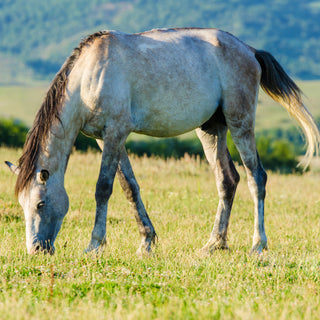
Why Does My Horse Act Like He's Starving?
Ever wondered why your horse seems perpetually hungry, acting as if he's starving despite regular feedings? Horses have unique digestive systems designed to constantly consume forage (hay and pasture grass)....
-
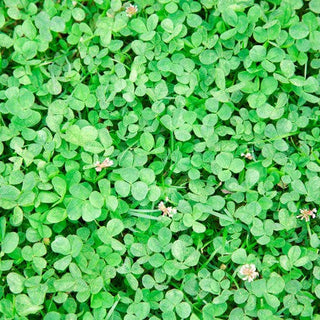
Feeding Clover to Horses: Slobber, Clover Toxicity, and Horse Health
Get insights into the benefits and potential risks of feeding clover to horses. Learn about the nutritional values of red and white clover, recognize the signs of clover toxicity, and...
-
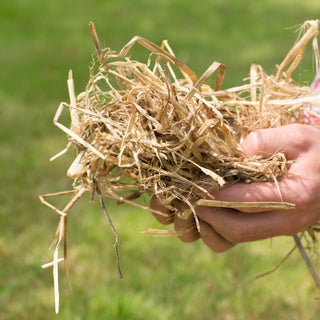
Is it Safe for Horses to Eat Straw Bedding?
Explore the reasons why horses might eat their straw bedding and why feeding straw is not only perfectly safe, but even desirable for certain horses.
-

Protein Requirements in Horse Diets | Equine Nutrition
Protein Requirements in Horse Diets Protein is a vital nutrient in a horse’s diet, playing a key role in growth, muscle maintenance, and overall health. The amount of protein a...
-
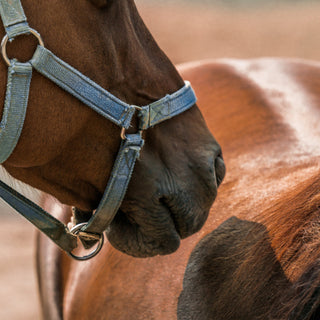
First Cut vs Second Cut Hay for Horses
We discuss the differences between first, second, and third cut hay, and how to choose the best hay for your horse's nutritional needs. We explain how the nutritional value and...
-
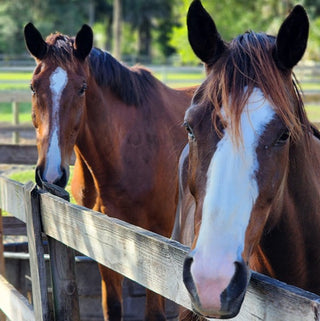
How to Save Money on Horse Feed
Dr. Worth has 3 tips for you on how to feed your horse on a budget: feed your hay in a net or bucket so it doesn't get trampled by...
-
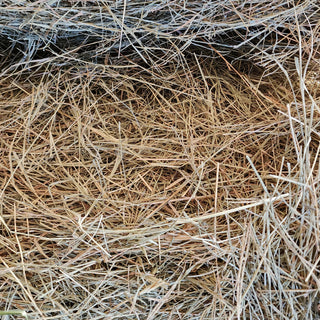
How to Identify Common Grass Hay (Timothy and Orchard)
Both timothy hay and orchard grass hay are high-quality hays that can provide horses with the fiber and nutrients they need. Dr. Worth demonstrates how to tell the difference between orchard...
-
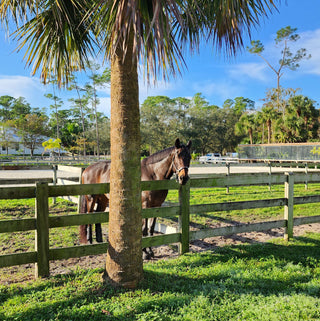
Feeding a Horse During Show Season
Everything you need to know about feeding your horse during show season: from fat sources, to feeding on a trailer, to water intake. Feed your horse right during the competition...
-
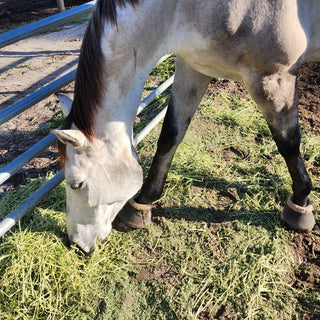
The Importance of Free Choice Hay
Horses should be fed a mainly forage diet and only adding in grain as needed. In almost all cases, horses should have access to fiber at all times. For overweight...
-
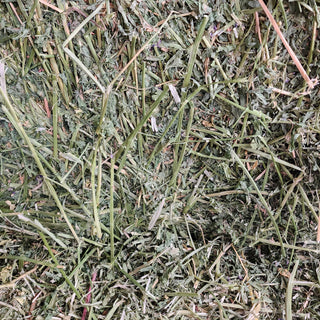
Preventing Mold in Hay
Preventing mold from infesting your hay is all about humidity and heat management. Stack your hay loosely on stacks to allow for maximum air flow between bales under cover.












